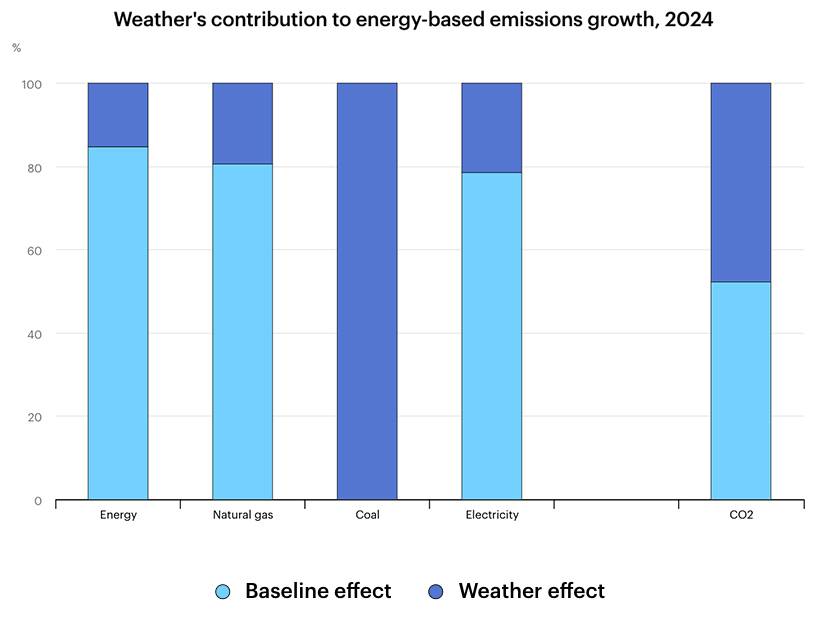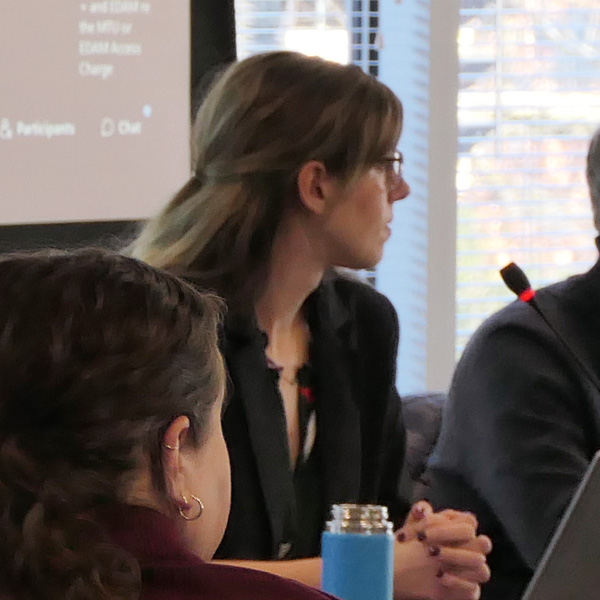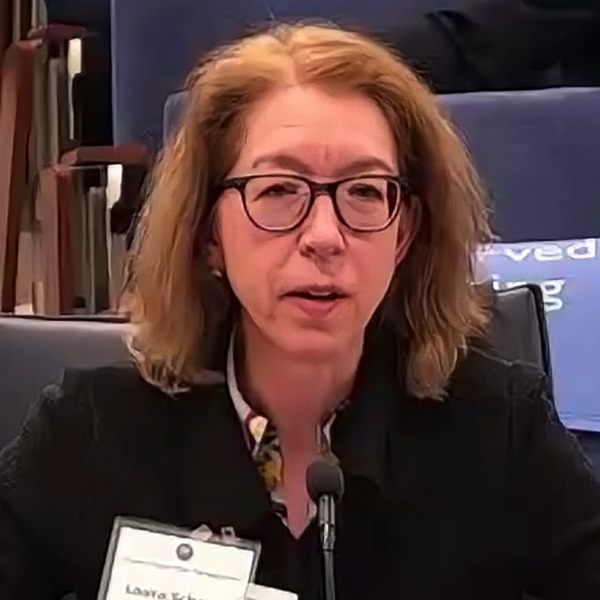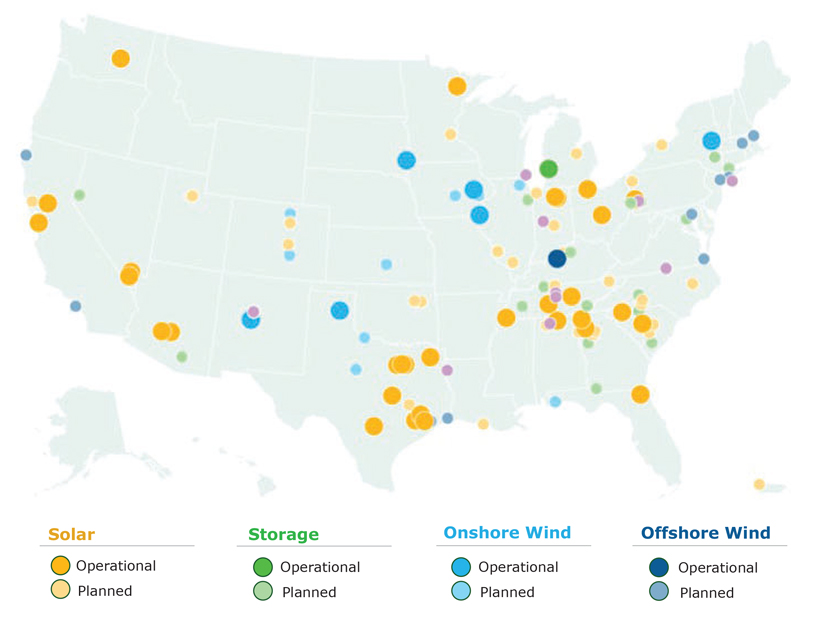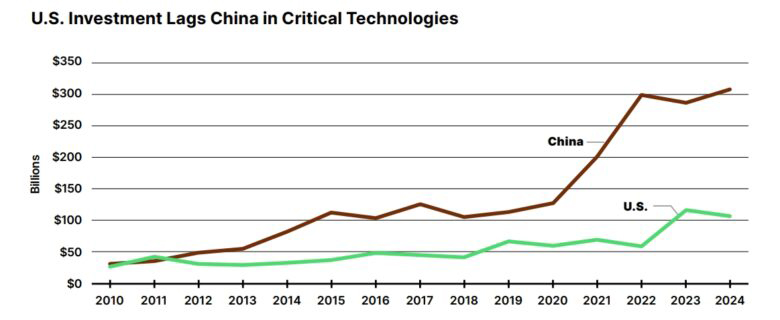BOSTON — State energy officials emphasized the need for increased oversight of transmission investments at Raab Associates’ New England Electricity Restructuring Roundtable.
In recent years, costs associated with asset condition projects (ACPs), a class of transmission investments aimed at upgrading or replacing aging and degrading infrastructure, have grown significantly. State officials and consumer advocates call for changes to the process of reviewing these projects.
“We think it’s critical to get a handle on this sooner rather than later,” Phil Bartlett, chair of the Maine Public Utilities Commission, said at the March 21 roundtable.
Transmission owners already have made some changes to increase the transparency into ACP projects in response to requests from the states, including periodically releasing public data on under-development and in-service projects. ACPs classified as proposed, planned or under construction total nearly $6 billion, with major additional projects set to be introduced in the coming months. (See ISO-NE Planning Advisory Committee Briefs: March 19, 2025.)
The states continue to raise the lack of oversight for ACP spending and have called for the creation of an independent transmission monitor (ITM) “as a means of ensuring transmission costs are transparent and closely scrutinized.”
“The transmission owners are the sole determiners of what is an asset condition project,” Bartlett said. “These projects flow through FERC formula rates, so FERC isn’t taking a close look at them, there’s no process for ISO-NE to take a close look at them, and most of the states don’t have the authority to dig in and look too closely at them, so we think there needs to be some regional mechanism to make sure that there is reasonable accountability.”
In a filing to FERC on March 20 (EL25-44), the New England States Committee on Electricity (NESCOE) asked the commission to require that all “transmission investments recovered through the Regional Network Service rate be planned through an ISO-NE-administered regional transmission planning process.”
NESCOE also asked FERC to “adopt, in the nearest term, NESCOE’s longstanding request to implement an Independent Transmission Monitor,” adding that the specific responsibilities of the ITM “should be developed by the region to meet New England’s current region-specific needs.”
The states expressed concern the planning process for asset condition projects does not adequately consider “whether the transmission facilities from the grid of yesterday are actually needed for the grid of today or are the right projects to account for new resources creating new demands on the transmission system.”
“We want to make sure that [ACPs] are part of, or consistent with, a regional plan,” Bartlett said at the roundtable. “Instead of having every transmission owner simply operating in a silo, let’s make sure that those investments fit within a cohesive and sensible regional strategy.”
Commissioner Katie Dykes of the Connecticut Department of Energy and Environmental Protection echoed Bartlett’s concerns about asset condition oversight and said New England has seen a 72% increase in transmission costs since 2015, which now make up about 10-11% of electricity bills for residential consumers in Connecticut.
She highlighted a white paper published by the state in February that emphasizes potential cost savings associated with correctly sizing asset condition projects and incorporating advanced transmission technologies into transmission solutions.
Dykes stressed the importance of “ensuring that ratepayers can continue to trust that the increased amount of their dollars that is going to these projects is being reasonably spent.”
Without effective oversight, “we can’t really give that assurance,” Dykes said.
In an interview following the roundtable, Dave Burnham, director of transmission policy at Eversource, said the company is committed to working with the states and other stakeholders to improve ACP procedures and is open to discussions about creating an independent entity to review ACPs.
“I think it’s been a natural evolution from adding more transparency to now asking: ‘what should we do with this information?’” Burnham said. “We completely understand the desire from the states to have somebody looking at these projects with an independent view.”
He agreed that the region should establish a process to evaluate the proper sizing of ACPs when the projects overlap with obvious needs for increased transmission capacity. While asset condition projects often incidentally increase capacity, ACP projects typically do not aim to add capacity beyond these incidental gains, Burnham said.
He expressed his hope stakeholders can reach an agreement on an acceptable set of oversight and planning changes and said, “we don’t believe that FERC coming in and imposing a one-size-fits-all solution is the right thing to do.”
Incorporating Retail Demand Response
Speakers also highlighted the potential of demand response to help limit supply costs and reduce the need for additional grid infrastructure.
“There are all these retail programs that, for a variety of reasons, aren’t participating in the wholesale market,” said Bartlett, who leads a working group on retail demand response and load flexibility for the New England Conference of Public Utility Commissioners.
He expressed his hope the region can establish a simple, standardized mechanism to submit retail DR program information to ISO-NE “so they can see what’s coming … and therefore build it into operational planning, and down the road have conversations about how to ensure we are compensating these resources.”
Erika Diamond of EnergyHub stressed the need to make it easy for customers to understand and engage with demand response incentives.
“Our whole thing is trying to figure out how to make it as simple as humanly possible,” Diamond said.
She said the ConnectedSolutions program, which extends across multiple states and utility service territories in the Northeast, is a good model for reaching customers and vendors.
Marketing across “a vast territory with the same message is far easier than going utility by utility,” Diamond said, adding that “having a really simple program design has also really helped … along with making sure the compensation is the best fit for the technology.”
Fossil Infrastructure Updates
State officials at the roundtable also answered questions about the role of fossil fuel infrastructure as the region decarbonizes. The Trump administration has pushed to expand natural gas pipeline capacity, and Connecticut Gov. Ned Lamont (D) recently expressed an interest in additional gas capacity.
“If there are ways to make investments to help … address reliability challenges in the early 2030s that don’t result in stranded costs and do help shave overall costs on the electric bill,” Dykes said, “that may be a path to ensure that more people aren’t scared away from switching over to heat pumps and electric vehicles because of the sticker shock on their electric bill.”
Meanwhile, Melissa Lavinson, director of the Massachusetts Office of Energy Transformation, discussed the state’s ongoing work to reduce its reliance on the Everett LNG import terminal. The facility is under contract with the state’s gas utilities until May 2030, but the Massachusetts Department of Public Utilities has directed the utilities to work with the state to “reduce or eliminate their reliance” on the import terminal. (See Massachusetts DPU Approves Everett LNG Contracts.)
Lavinson said Everett is “an important asset for the state and the region,” but also is an expensive asset with volatile fuel costs and ultimately is incompatible with long-term state climate laws. She added that the state’s “focus is on the ratepayer” as it charts a future beyond the facility.
Massachusetts has been explicit in its goal to reduce its reliance on natural gas to meet its climate targets, and any efforts to expand pipeline capacity there likely would face strong political opposition. (See Massachusetts Moves to Limit New Gas Infrastructure.)
“Here in Massachusetts, we have very strong climate and clean energy laws — and I want to be really clear: laws,” Lavinson said. “And we are working very hard to comply with those and do it in a way that increases our energy independence, creates jobs and reduces our reliance on volatile, expensive fuels.”
